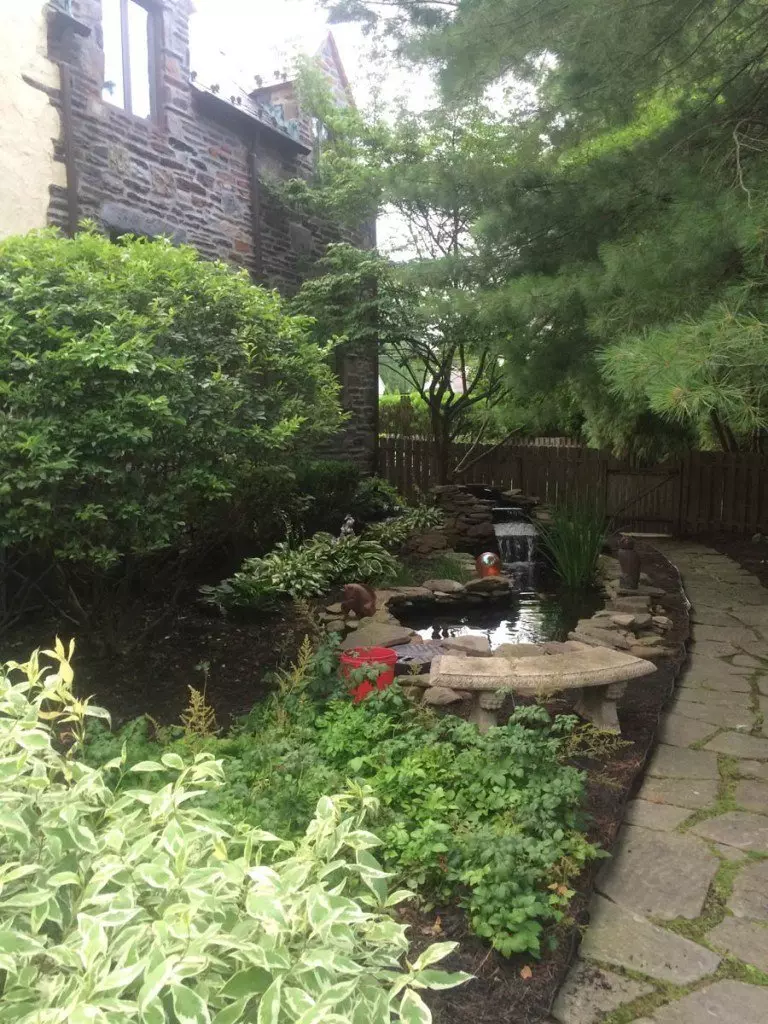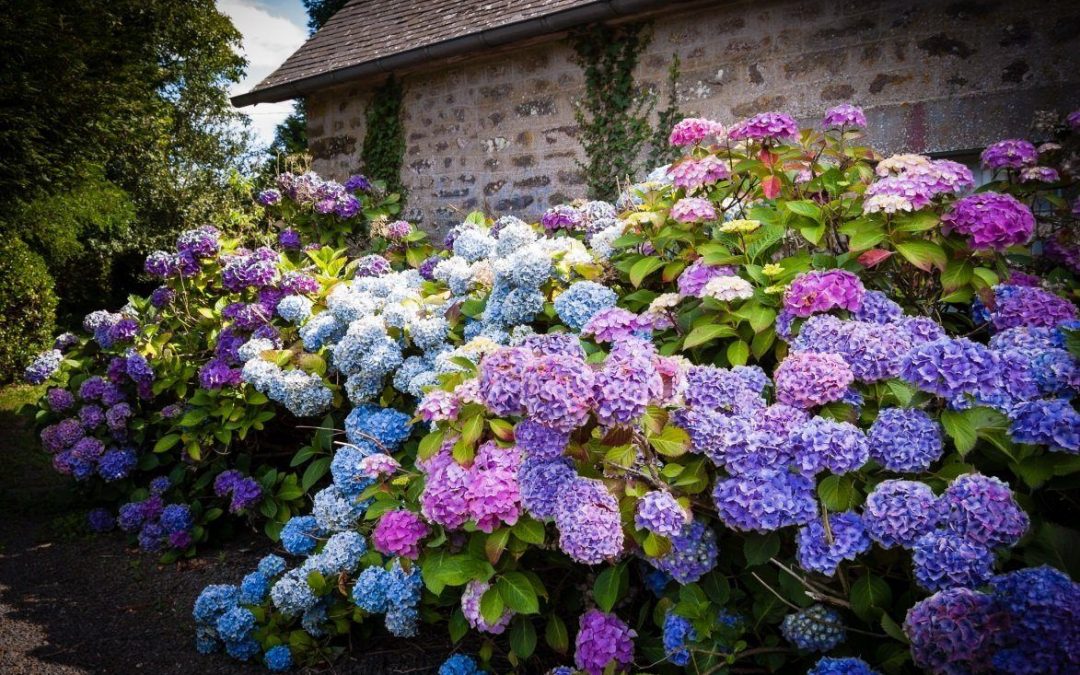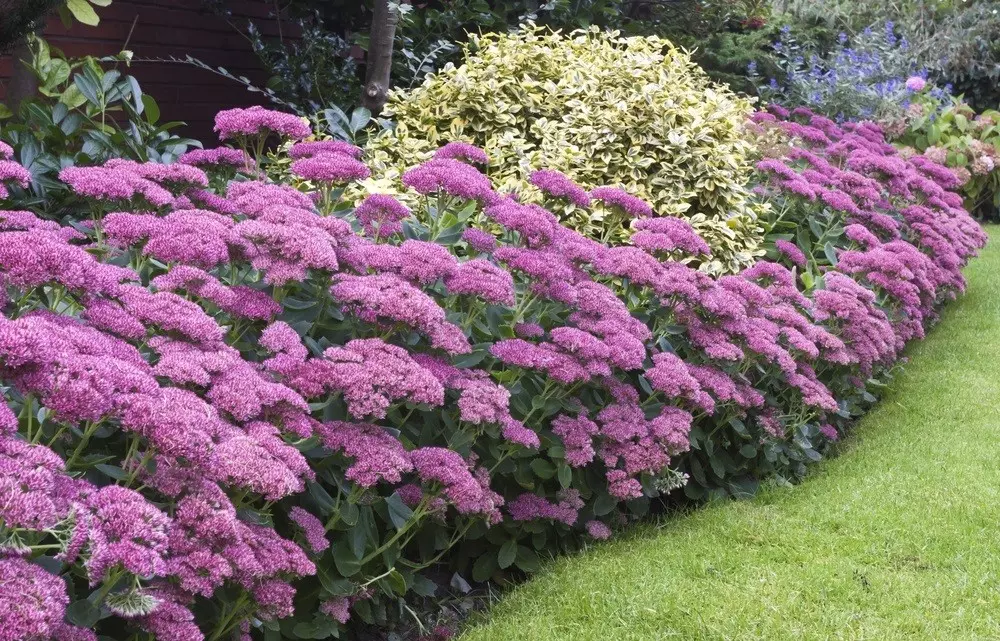Last Updated June 26, 2020
When the temperatures get hot, working or playing, outdoors uncomfortable and dangerous if you don’t exercise common sense. While the heat takes its toll on our outdoor activities, it also makes an impact on our landscapes. Especially if your trees and plants were not designed with heat tolerance in mind.
It’s difficult to imagine day after day of 90-plus degree temperatures. So imagine how your plants and trees must feel as their roots cling to nothing but parched, dry soil.
Signs Your Plants are struggling in Hot Weather
As you sweat it out in the yard, tirelessly tending to your plants, it seems you merely blink and, in an instant, the moisture dries up. Your trees and plants may also suffer from stress in the form of:
- drooping
- curling and browning leaves
- premature fall color
- leaf drop
- or weakened root systems
Properly watering of your lawn, trees, and shrubs, and other landscape plants can help your landscape better cope with heat’s wrath. Proper care and maintenance also strengthen root systems making plants less susceptible to heat stress, insects, and disease infestation.
Considering the Best Hot Weather Plants
Cider Mill Landscapes takes your specific landscape requirements into consideration when putting together a landscape design. We realize each landscape is just as unique as the client. Property that has a dense amount of trees and naturalized areas may stay cooler and moister than those with direct sun.
Even the dynamics of your property such as the slope or any low-lying areas can play a factor in how much attention it needs. In cases where the landscape is subject to direct sunlight for a longer period of time, we often suggest using landscape material that is drought-tolerant and heat-friendly. These include:
Trees
- Maple
- Fir
- Dogwood
- Alder
- Ginkgo
- Hackberry
Shrubs
- Virburnum
- Spirea
- Lilac
- Japanese Holly
- Weigela
- St. Johnswort
- Flowering Quince
Perennials and low-growing specimens
- Yarrow
- Lavender
- Salvia
- Phlox
- Sedum
- Lamb’s Ear (Stachys byzantina)
Even in yards that have irrigation systems, it may be necessary to enforce extra irrigation periods. Excessive heat and humidity can cause damage to your lawn and landscape without implementing proper watering techniques and care. Here is a list of tips from Cider Mill Landscapes:
Take these steps to ensure the health of your landscape:
1. Water your plants early in the morning
Mornings are cool, and water will not evaporate as readily as it does in the heat of the afternoon. Evenings are cool, too, but water sitting on leaves overnight can lead to fungal diseases.
2. Water less frequently, but deeply
Frequent, shallow waterings lead to weak, shallow-rooted plants. Less frequent, thorough watering encourages roots to grow deep, where the soil stays moist longer.
3. Water the soil, not the plants
Use a watering can, soaker hoses, drip irrigation or other water-conserving irrigation technique that saturates the soil while leaving the foliage dry.

With every landscape design we install, we also mulch the areas with a two- to three-inch layer of organic mulch such as shredded hardwood mulch, bark, or pine straw. This amendment not only showcases your new plants, but it also slows evaporation by shading the soil and slows water runoff.
Need Some Professional Landscaping Help?
Let Cider Mill Landscapes help you select plants, shrubs and trees that are drought and heat-tolerant. While mkaing a unique and spectacular look. Give us a call at 484.574.4666, or email us at projects@cidermilllandscapes.com for your free landscaping consultation.


